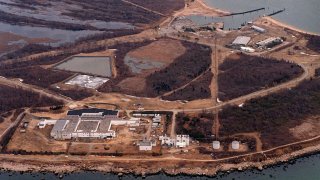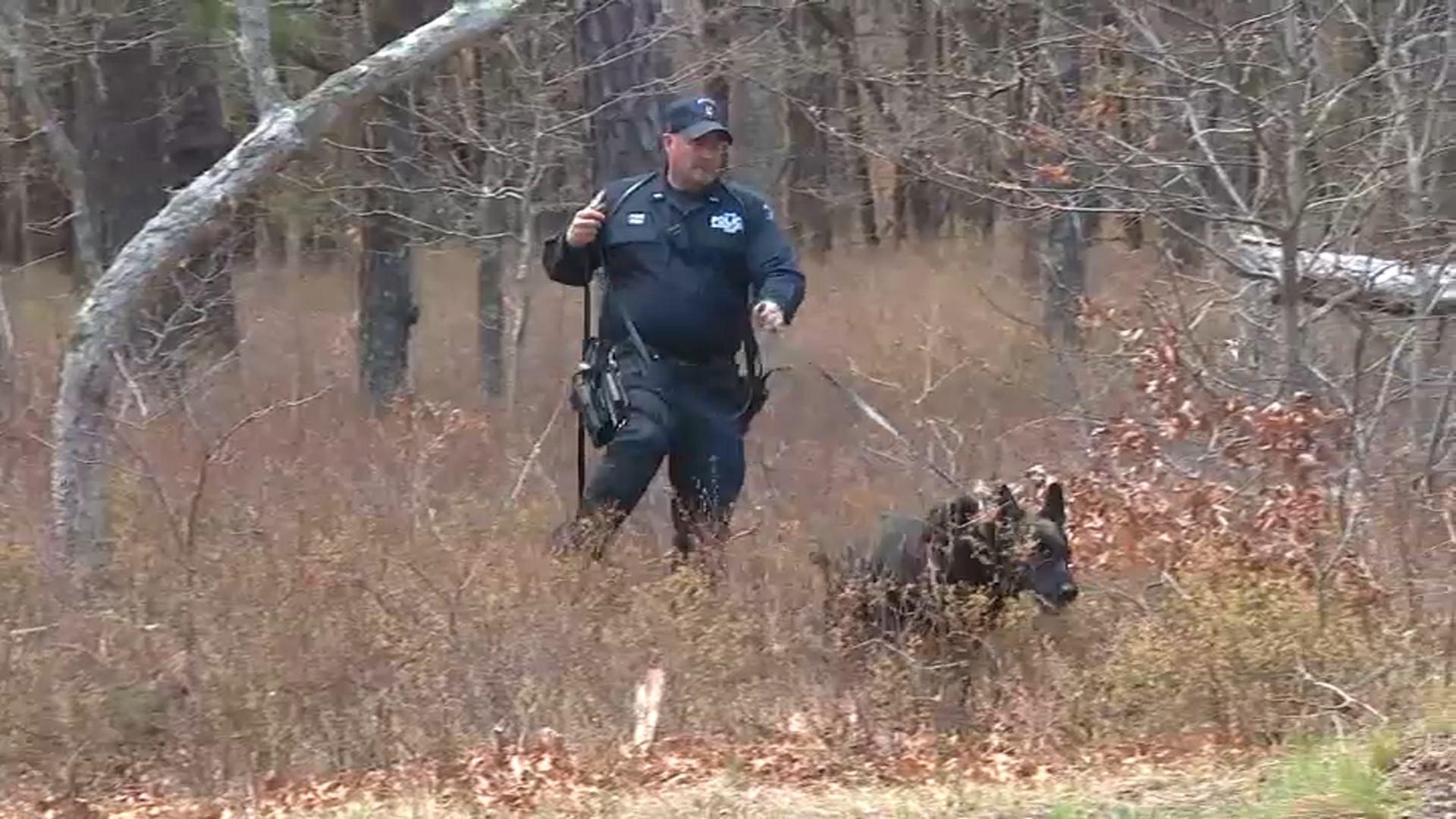
Congress has repealed a mandate that would have required the government to sell a mysterious piece of land in Long Island Sound that for years has housed a government animal disease research facility.
The move is a victory for conservationists, who have fought to prevent development on Plum Island, an 822-acre island which is part of New York state and also is home to rare birds, sea turtles and other animals.
The measure, included in Monday night’s omnibus spending bill, reverses a 2008 decision that required the auction of the island to help fund a new bio-research center in Kansas, which is set to open in 2023.
“Plum Island is home to a rare natural ecosystem that should never be up for sale to the highest bidder,” said Connecticut U.S. Rep. Rosa DeLauro, a Democrat who has been elected the next chair of the House Appropriations Committee. “Congress has an obligation to protect this island and its natural resources.”
The bill includes $18.9 million for cleanup of the island, which was also used during the Cold War for biological weapons research.
Chris Cryder, outreach coordinator with the conservation group Save the Sound, said the island will now be subject to the normal disposition process for surplus federal land, which is to offer it first to other federal agencies, then to the state of New York and local governments. He said that opens the door for it to be preserved as a natural resource.
His group was part of about 200 regional stakeholders that have worked for the past two years on a plan, presented to Congress over the summer, that would turn the island into a park-preserve and maintain wildlife habitats, preserve historic landmarks and allow some public access.
News
“It could be more than one entity that becomes responsible for owning and managing this resource,” Cryder said. “It could be a combination of partnerships, state and federal, government and private partnerships, something that is probably likely.”
He said the group has also been working with the state of New York and the Long Island Association, which supports repurposing the animal disease center as part of a research corridor engaged in life-science studies.
Other organizations have stepped forward with an interest in restoring the island’s lighthouse, including some who would like to turn it into a bed and breakfast or other tourist attraction, he said.
“Now, we need to begin all those conversations in earnest, because we have this window of opportunity,” Cryder said.



